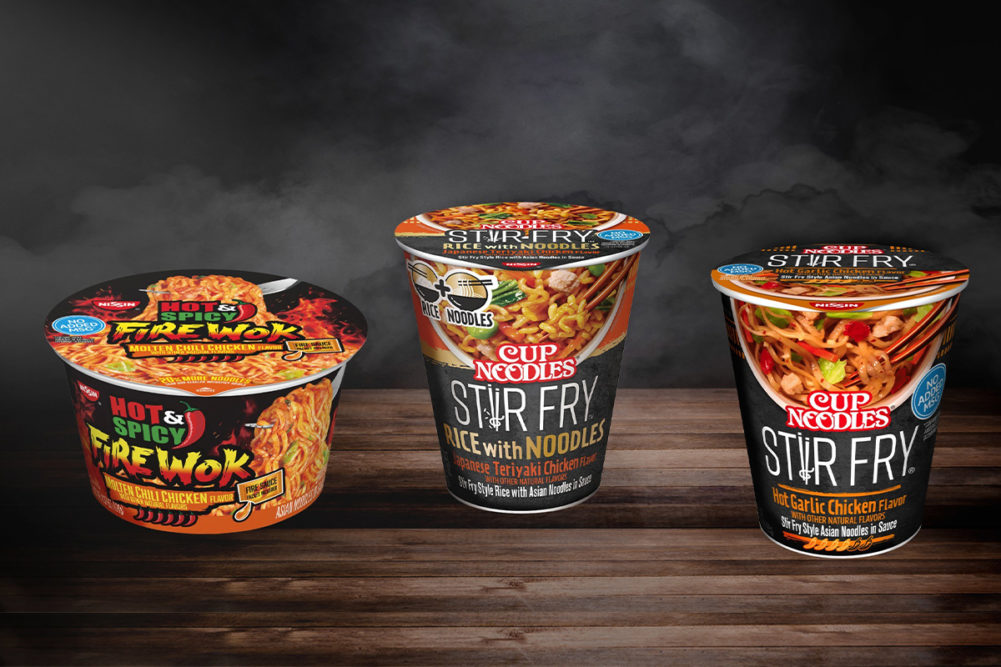Source: Link Testing Instruments Co.,Ltd.
The main ingredients of instant noodles are wheat flour, palm oil, seasoning sauce and dehydrated vegetable leaves, etc., which are all necessary ingredients to supplement human nutrition. Early instant noodles were packaged with plastic composite film or aluminum-plastic composite film. With the development of the times and changes in public demand, the packaging of instant noodles began to diversify. The rising paper cup packaging is convenient for consumers to brew instant noodles at any time during the journey.

Oxygen barrier refers to the barrier effect of packaging materials on external oxygen, which is an important factor affecting the shelf life of products. Through testing, it can analyze and solve the problems of oxidative deterioration of products due to external oxygen. In this paper, by introducing the detection method of oxygen barrier properties of instant noodle paper cup packaging materials, the impact of packaging oxygen barrier properties on products is expounded. If the oxygen resistance of paper cups is poor, the instant noodle products will have quality problems such as rancidity, rancid smell, moldy and other quality problems in the circulation and shelf life of instant noodle products after they leave the factory due to excessive packaging oxygen transmission rate. Regular inspection of oxygen barrier properties of paper cup packaging.
Test Methods and Instruments
Domestic methods for testing the oxygen transmission rate of composite film and sheet packaging include differential pressure method and coulometer method (equal pressure method). Test method "Pressure difference method" and GB/T 19789-2005 "Packaging material plastic film and sheet oxidation permeability test coulometer detection method". The reference standard in this paper is GB/T 1038-2000.
This test uses the GTC-203H differential pressure gas permeation instrument developed and produced by Link Testing Instruments Co.,Ltd.
Test principle: GTC-203H adopts the test principle of differential pressure method. The pre-treated sample is placed between the upper and lower test chambers and clamped. First vacuumize the low-pressure chamber (lower chamber), and then evacuate the entire system; when the specified vacuum degree is reached, close the lower chamber for testing, fill the high-pressure chamber (upper chamber) with test gas at a certain pressure, and ensure that A constant pressure difference (adjustable) is formed on both sides of the sample; in this way, the gas will permeate from the high pressure side to the low pressure side under the action of the pressure difference gradient. Various barrier parameters.
Test sample and test process
Test sample: an instant noodle paper cup provided by a food factory.
Experimental procedure:
(1) Use a sampler to cut 3 pieces of samples with a size of Φ65 mm from the surface of the paper cup body.
(2) Take out one of the pieces, and seal the sample on the test cavity with glue.
(3) Set parameters such as sample name, sample thickness, test temperature, etc.
(4) Start the vacuum pump.
(5) Click the "Start Test" option, the test starts, and the instrument automatically calculates and displays the test results.
(6) Test the other two samples according to the steps (2) ~ (5).
Test Results and Analysis
The oxygen transmission rates of the tested instant noodle paper cups are: 1207.0238 cm3/(m2·24h·0.1MPa), 1039.1156cm3/(m2·24h·0.1MPa), 1067.0872cm3/(m2·24h·0.1MPa).
GTC-203H differential pressure gas permeation tester is a professional instrument for testing the oxygen transmission rate of films and sheets. The equipment is easy to operate, has high test accuracy and good repeatability, and can accurately reflect the oxygen barrier property of packaging. In addition to monitoring the oxygen transmission rate, it is also necessary to strengthen the inspection of key items such as the overall moisture resistance performance and chemical hygiene performance of paper cup packaging.
For more details please visit www.linktesting.org